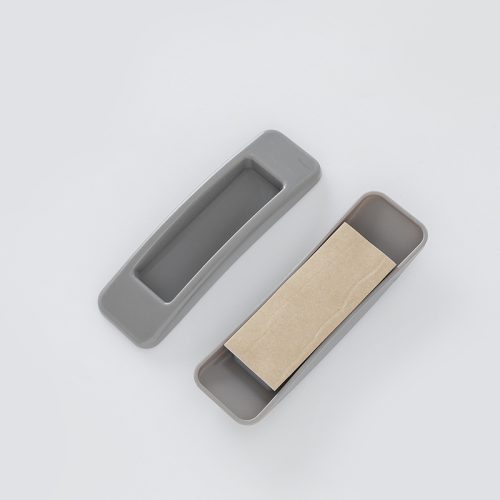Plastic handles offer several advantages when used for tools, making them a popular choice in various industries. Here are some of the key advantages of using plastic handles for tools:
- Lightweight: Plastic handles are generally lightweight compared to metal alternatives, reducing the overall weight of the tool. This makes the tool easier to handle and maneuver, especially during extended use.
- Ergonomics: Plastic handles can be molded into ergonomic shapes that fit comfortably in the hand. This ergonomic design reduces user fatigue and strain during prolonged use, improving overall user experience.
- Customizability: Plastic handles can be easily molded into a wide range of shapes, sizes, and textures. This customizability allows tool designers to create handles tailored to the specific needs and preferences of users.
- Cost-Effectiveness: Plastic materials are often more affordable than metals, making plastic handles a cost-effective option for tools. Additionally, plastic molding processes can be efficient and require less energy compared to metal manufacturing.
- Corrosion Resistance: Plastic handles are inherently resistant to corrosion, unlike metal handles that can rust or corrode over time. This makes plastic handles suitable for tools used in wet or humid environments.
- Insulation: Plastic handles provide electrical and thermal insulation, which is particularly important for tools that might be used in situations where electrical conductivity is a concern. They help protect users from electric shocks and can withstand a wide range of temperatures.
- Vibration Damping: Plastic materials have natural vibration-damping properties that can help reduce the transfer of vibrations from the tool body to the user’s hand. This improves user comfort and minimizes the risk of hand fatigue.
- Color Variability: Plastic handles can be manufactured in a variety of colors without the need for additional coatings or treatments. This can help with tool identification, branding, and differentiation.
- Impact Resistance: Certain plastic materials, when designed appropriately, can exhibit excellent impact resistance. Plastic handles can absorb shocks and impacts, protecting the tool itself and improving its longevity.
- Non-Slip Properties: Plastic handles can be textured or designed with non-slip surfaces that improve grip, even in wet or oily conditions. This enhances user safety and control over the tool.
- Noise Reduction: Plastic handles can help reduce noise generated by tools during use by acting as a dampening material. This can be particularly useful in environments where noise control is important.
- Ease of Maintenance: Plastic handles are relatively easy to clean and maintain. They can be wiped down, and any accumulated dirt, grime, or chemicals can be removed without compromising the handle’s integrity.
- Design Freedom: Plastic handles allow for intricate and complex designs that might not be achievable with other materials. This enables creative and innovative tool handle designs that can set a product apart.
When designing tools, it’s important to consider the specific requirements of the application and the target user base to determine whether plastic handles are the best choice. By leveraging the advantages of plastic materials, tool designers can create products that are durable, user-friendly, and well-suited to their intended purpose.


